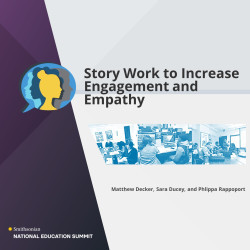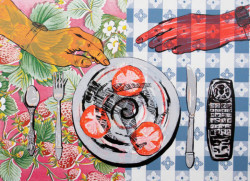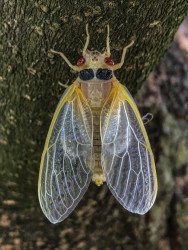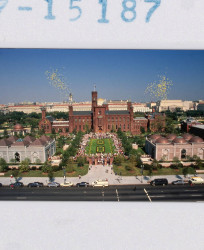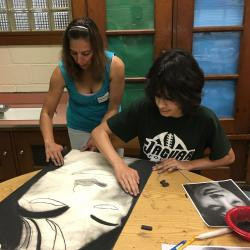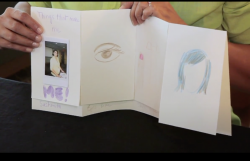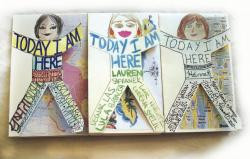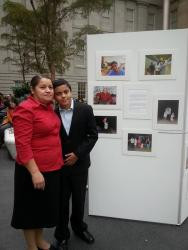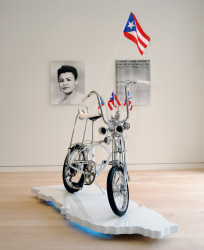Philippa Rappoport
I work in education and engagement, teacher professional development, and outreach at the Smithsonian Office of Educational Technology (OET), and have a particular interest in developing and producing trainings, programs, teaching techniques, and platforms that foster deep learning and contribute knowledge to improve practices in museum and preK-16 education and engagement. At OET over the last decade+, I created digital assets for schools, families, and new immigrant English Language learners to complement teacher professional development and pan-Smithsonian programming, including Learning Lab teaching collections, YouTube videos with tradition bearers, a handmade family stories book-making website, and online heritage tours.
Philippa Rappoport's collections
Story Work to Increase Engagement and Empathy (Companion Collection for a Smithsonian National Education Summit Workshop)
 Philippa Rappoport
Philippa Rappoport
Personal Responses to Covid-19: A Digital Storytelling Workshop Using the Smithsonian Learning Lab (for DC Public School educators)
 Philippa Rappoport
Philippa Rappoport
Personal Responses to Covid-19: A Digital Storytelling Workshop Using the Smithsonian Learning Lab
 Philippa Rappoport
Philippa Rappoport
DCPS Arts Innovation Leadership Institute: Incorporating Arts and Technology in the Classroom with the Smithsonian Learning Lab
 Philippa Rappoport
Philippa Rappoport
Identity, Narrative, Transformation, and Change: A Learning Resource in support of "Critical Conversations" (a DC Public Schools course)
 Philippa Rappoport
Philippa Rappoport
Periodical Cicadas: In Homage to Brood X
 Philippa Rappoport
Philippa Rappoport
Engaging Families through Art and Technology Programs: "Illuminating the Self"
 Philippa Rappoport
Philippa Rappoport
Making a "Things That Make Me Me!" Family Storybook
 Philippa Rappoport
Philippa Rappoport
Art and Technology Projects for Museums and Classrooms: From "Today I Am Here" to "Discovering US/Descubriéndose"
 Philippa Rappoport
Philippa Rappoport
A Classroom or Family Project: "Today I Am Here," with examples of student work
 Philippa Rappoport
Philippa Rappoport
"Becoming Dolores": A School/Museum Program to Engage Families through Art and Technology
 Philippa Rappoport
Philippa Rappoport
Art, Creative Writing, and Public Speaking: A Portraiture Workshop for the ELL Classroom
 Philippa Rappoport
Philippa Rappoport

